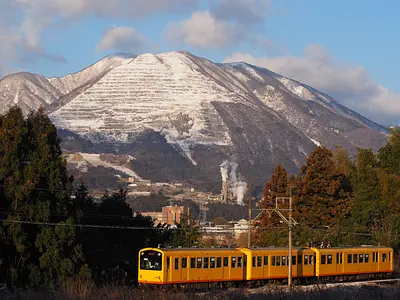関宿・亀山 歴史の道をたどる旅

エリア
- 北勢
シーズン
- オールシーズン
日程
日帰り
交通手段
車
江戸時代、東海道五三次の宿場町として栄えた関宿。今もなおその面影を残し、来る人に歴史を感じさせます。関宿の見所と一緒に亀山市の歴史も学びましょう。
START
東海道関宿
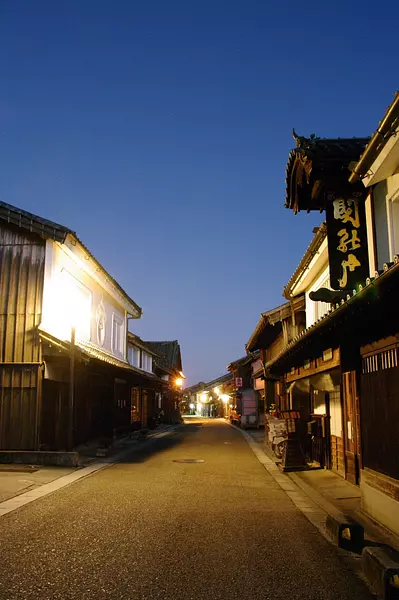
東海道五十三次の47番目の宿場町として栄えた。ここには江戸時代後期から明治時代にかけて建てられた町屋が200棟以上も現存し、国の重要伝統的建造物群保存地区(昭和59年選定)や日本の道百選(昭和61年選定)に選定されている。日本最古の字尾増菩薩を本尊とする「関地蔵院」や、関宿に関する歴史資料を保存公開する「関まちなみ資料館」など見所も多い。
詳細を見る
2
関宿旅籠玉屋歴史資料館
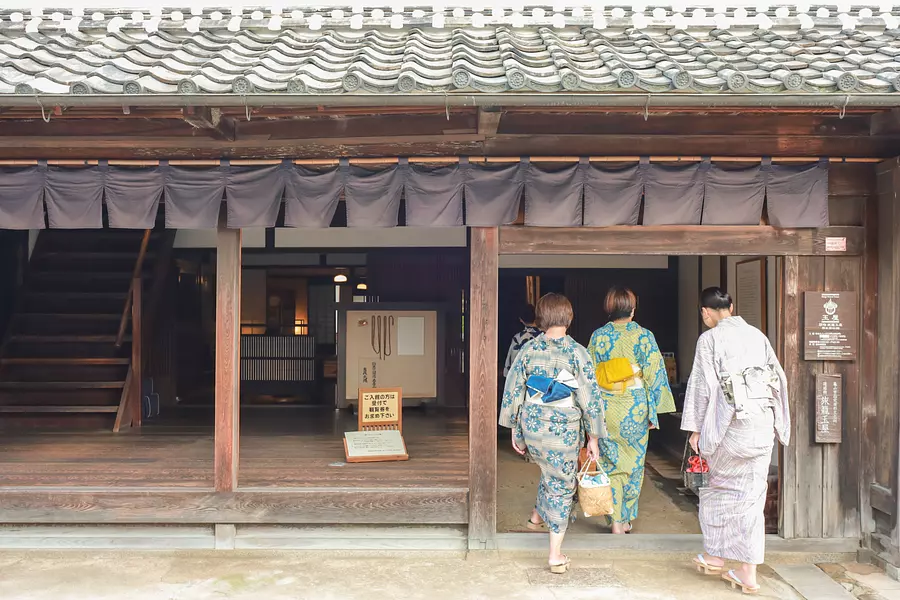
関宿旅籠玉屋歴史資料館は、町文化財に指定されている江戸時代の貴重な旅籠建築を修復し、旅籠で使われていた道具や歴史資料が展示してあります。関宿の歴史的な町並みとともに皆さんを江戸の宿場の世界へ誘います。
詳細を見る
3
関地蔵院
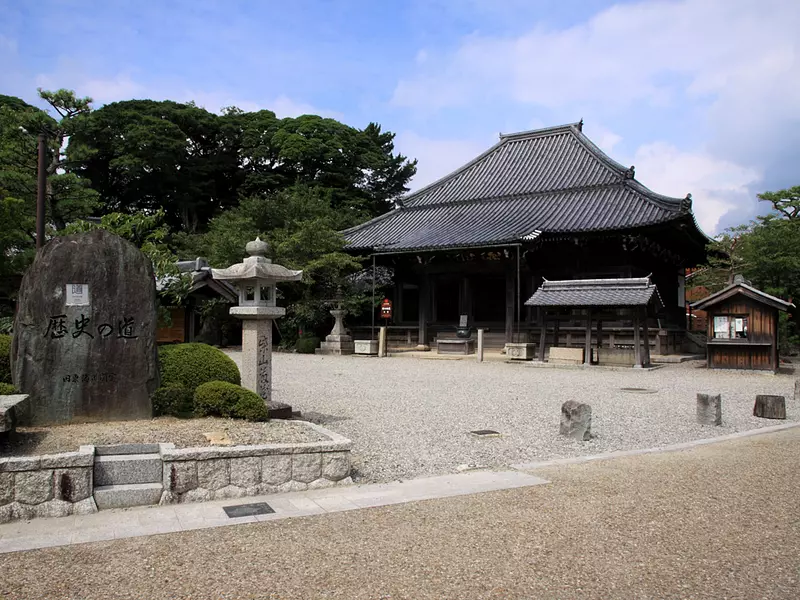
一休禅師とゆかりも深く、「関の地蔵院に振り袖着せて奈良の大仏嫁に取ろ」の俗謡で名高い関地蔵院。
また、境内の本堂、鐘楼、愛染道の3棟の建物は国の重要文化財に指定されています。
天然記念物のエゾ桜、重要文化財の本堂、愛染堂、鐘楼がある。わが国最古の地蔵といわれる。創建年代:741
詳細を見る
また、境内の本堂、鐘楼、愛染道の3棟の建物は国の重要文化財に指定されています。
天然記念物のエゾ桜、重要文化財の本堂、愛染堂、鐘楼がある。わが国最古の地蔵といわれる。創建年代:741
40分
4
亀山市歴史博物館
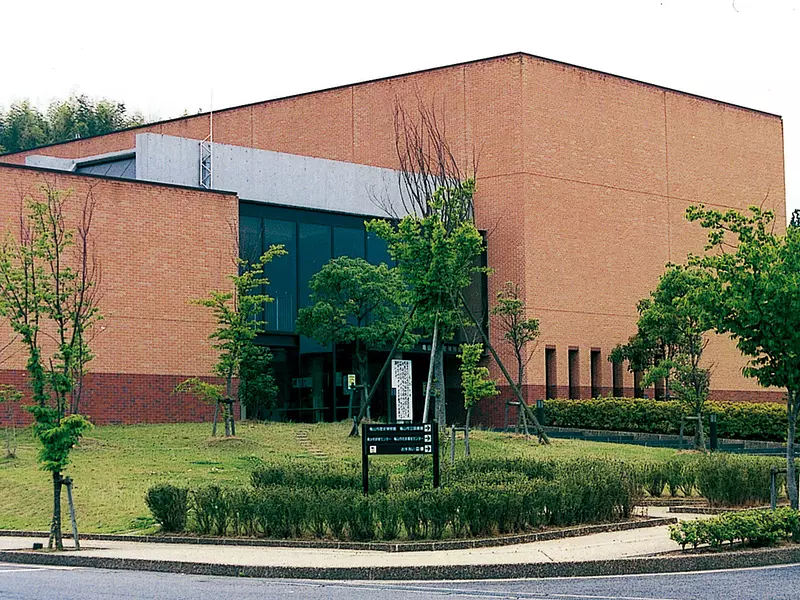
「モノとの対話」をテーマに、東日本と西日本の文化交流の中で育まれた歴史を紹介する。亀山藩主遺品や亀山城、亀山宿模型などを展示。
詳細を見る
10分
5
亀山城跡
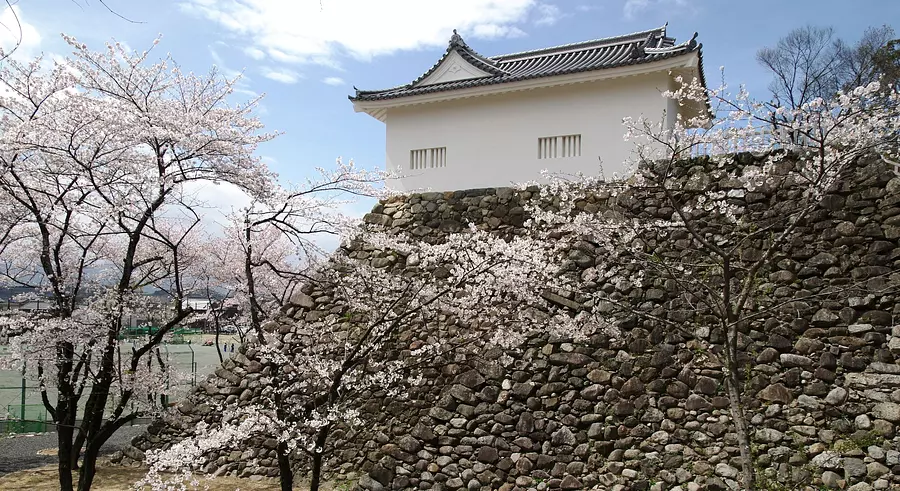
天正18年(1590)岡本宗憲が築城しました。寛永9年(1632)三宅康盛の代に天守が下ろされ、正保年間(1644~1648)本多俊次が城主の時に天守跡に現在の多門櫓が建てられました。
平屋建白壁の塗込で屋根は入母屋造り、東西北の三方に破風があり、平時は武器庫として利用していました。
県内に唯一現存する城郭建造物として、昭和28年に県史跡に指定され、特に桜や積雪の頃は野趣にあふれ、高石垣の上にそびえる多門櫓は今も往時と変わらぬ風情を残しています。
創建年代:安土桃山
詳細を見る
平屋建白壁の塗込で屋根は入母屋造り、東西北の三方に破風があり、平時は武器庫として利用していました。
県内に唯一現存する城郭建造物として、昭和28年に県史跡に指定され、特に桜や積雪の頃は野趣にあふれ、高石垣の上にそびえる多門櫓は今も往時と変わらぬ風情を残しています。
創建年代:安土桃山
40分
GOAL
名阪関ドライブイン
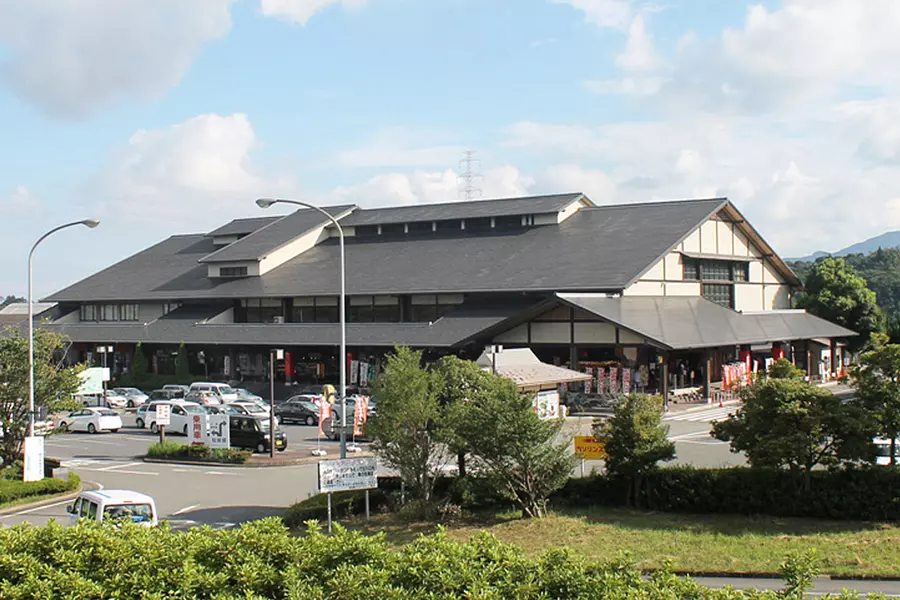
名阪関インター前にあり、名物立ち食いうどんやみやげ物等も豊富。
駐車場も完備されている。
詳細を見る
駐車場も完備されている。

